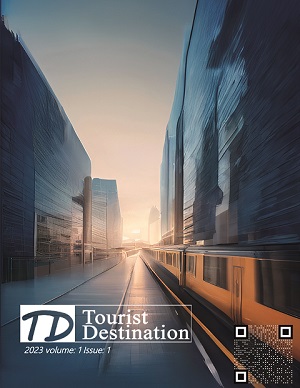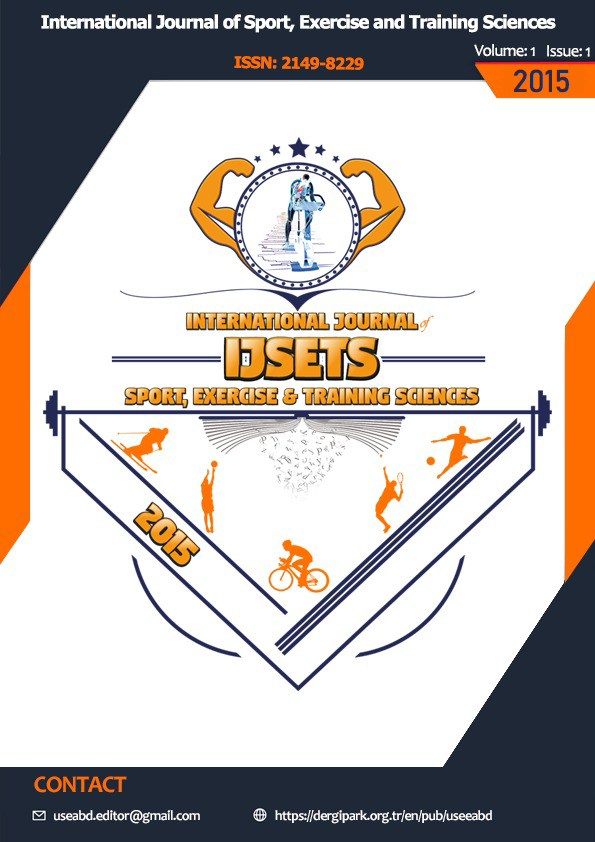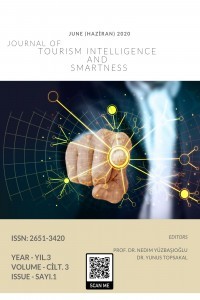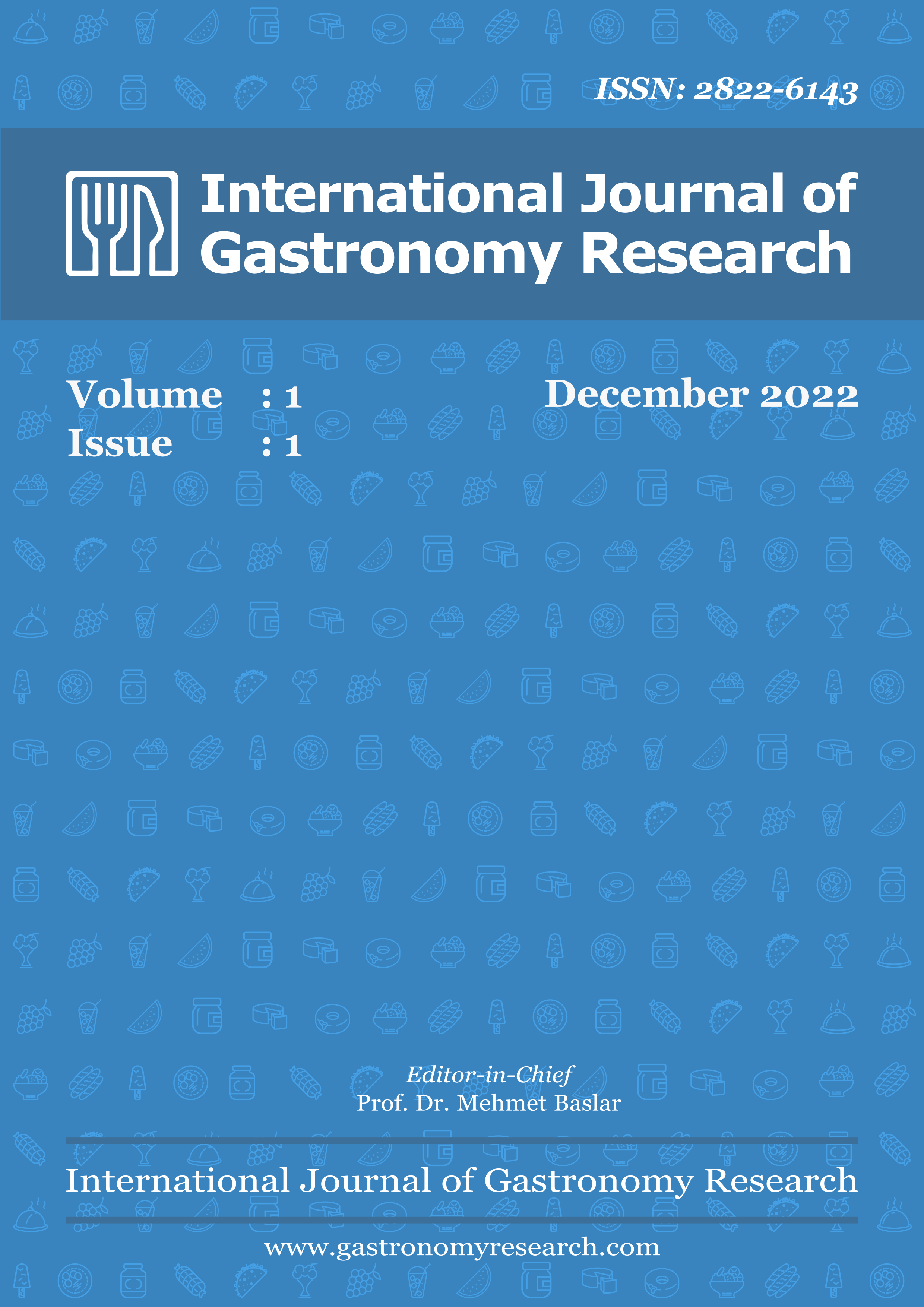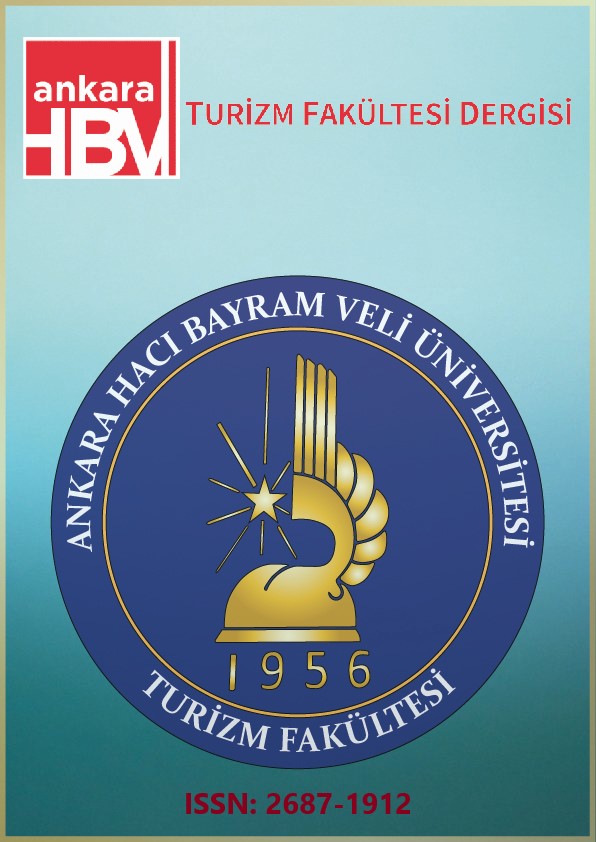| Title: | Mimarlık Bilimleri ve Uygulamaları Dergisi |
| Categories: | Tourism, Hospitality, Leisure and sport |
| ItemId: | 37 |
| Editor-in-Chief(s): | Atila Gul |
| ISSN: | 2548-0170 |
| Publisher: | Süleyman Demirel University |
| Journal Origin Country: | Turkey |
| Publication Frequency : | 2 Issues per year |
| Start Year: | 2016 |
| Language: | Multilingual (English, Turkish) |
| DS: | 1.43 |
| Journal Class: |

|
| Cover: |

|
| Description: |
Journal of Architectural Sciences and Applications (JASA )is an international, scientific and refereed e-journal published online and with open access. The language of the journal is Turkish or English. It is published twice a year (July and December). No evaluation and application fee is charged for the articles submitted to the journal. All articles submitted to the journal are firstly evaluated by the editorial board and if it is suitable, it is reviewed by at least two academic reviewers chosen by the editorial board. JASA uses double-blind review, meaning that the identities of the reviewers and authors are concealed from the reviewers, and vice versa, throughout the review process.
Last Issue
Türkiye is a country on the Alpine-Himalayan earthquake zone and needs an effective disaster management plan, with its geography experiencing severe seismic activities. In this respect, natural disaster risks can be reduced by using developing artificial intelligence technology and deep[…]
Turkey is one of the countries with the most active fault line zones on earth. The type of disaster that causes the most loss of life and property in the country is known as earthquakes. It is very important to[…]
Studies on earthquakes are being discussed in many areas today. Unfortunately, discussions will always remain up-to-date as it is one of the inevitable facts of our lives. Architects and engineers have more responsibilities in the reality of earthquakes. Since the[…]
Thousands of buildings in 11 provinces were demolished or sustained heavy damage due to the earthquakes of Mw 7.7 and Mw 7.6 in Kahramanmaraş center that struck on 06.02.2023. The structural damage sustained by the Antakya High School from the[…]
Earthquakes are among the natural disasters that leave behind severe psychological, sociological, and economic damage. The significant earthquakes that struck our nation on February 6, 2023, with their epicenter at Kahramanmaraş, resulted in numerous fatalities and destruction of property. All[…]
The facility management approach in hotels differs between organizations. Different issues need to be taken into account in the design, construction, operation and renovation of tourism accommodation facilities. As a result of the earthquake disaster that took place on February[…]
The earthquake that occurred in Pazarcık and Elbistan districts of Kahramanmaraş province in Turkey on February 6, 2023 and caused destruction in 11 provinces; The number of destroyed buildings, the size of the affected width, the number of deaths and[…]
Disaster risk reduction plans are prepared in order to systematically analyze and manage the factors that may cause disasters and to reduce these factors. In these plans, which include possible scenarios at different scales, there are risk elements and solution[…]
This scientific paper explores several aspects related to damage catalogue software while also highlighting the importance of including accurate architecture when analyzing structural damage. With modern architecture continuously evolving in complexity, employing specialized tools that can efficiently evaluate damages has[…]
The February 6, 2023 Kahramanmaraş earthquakes exposed the vulnerabilities of existing RC structures, causing thousands of buildings to collapse or sustain severe damage, especially in the hardest-hit provinces. Cross-laminated timber (CLT), one of the industrial wood materials, is used as[…] |
INDEXED JOURNALS: Mimarlık Bilimleri ve Uygulamaları Dergisi
 |
Full Open AccessAll contents are available to everyone without any restrictions, such as membership requirement. |
 |
Limited AccessOnly some contents are open access, or there are some other restrictions |
 |
RestrictedAccess to the content is subject to certain restrictions. |
 |
No feesThere is no charges like Article Processing Charges or Submission Charges etc. |
 |
CostlyJournal charges in any way |

